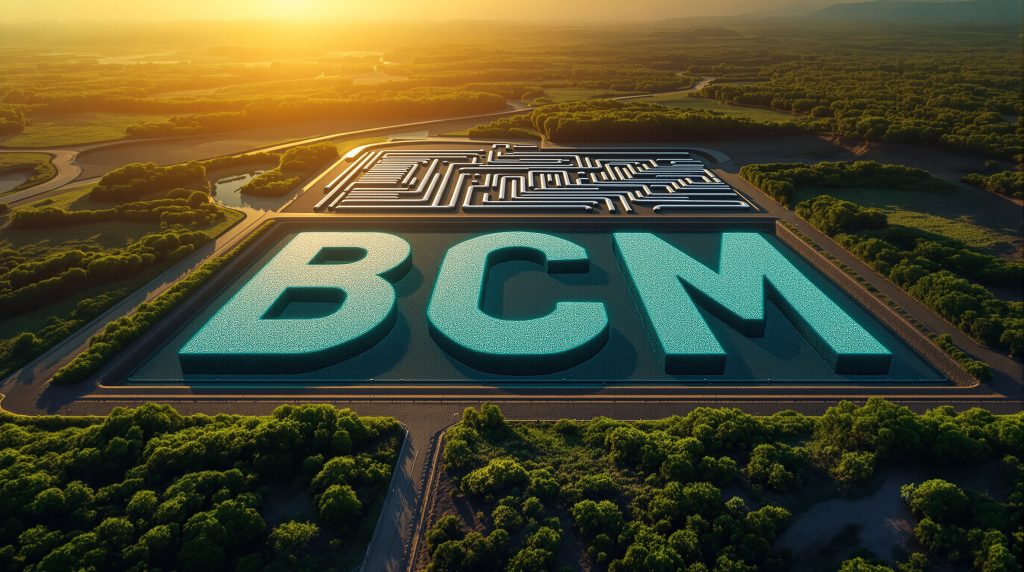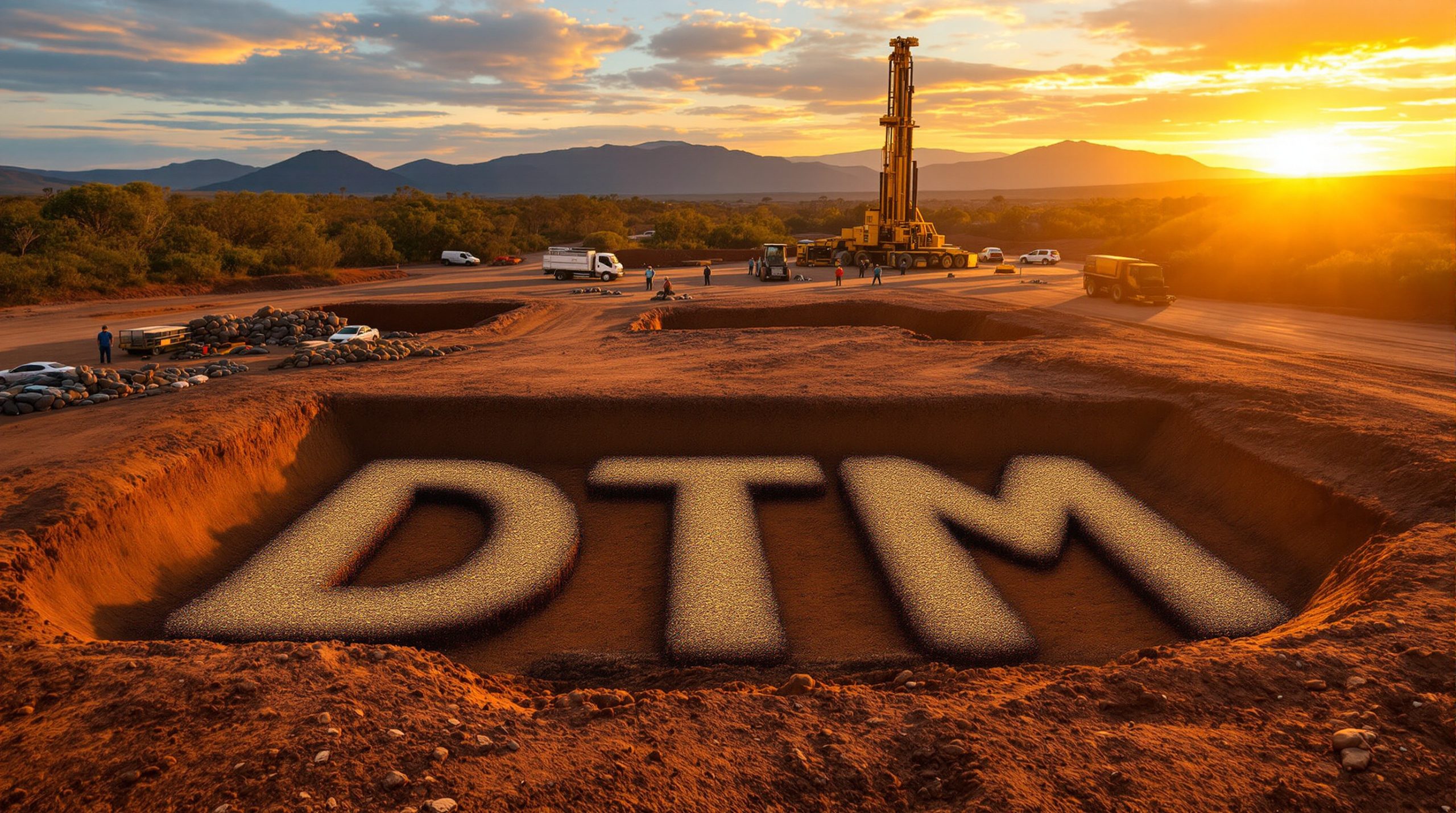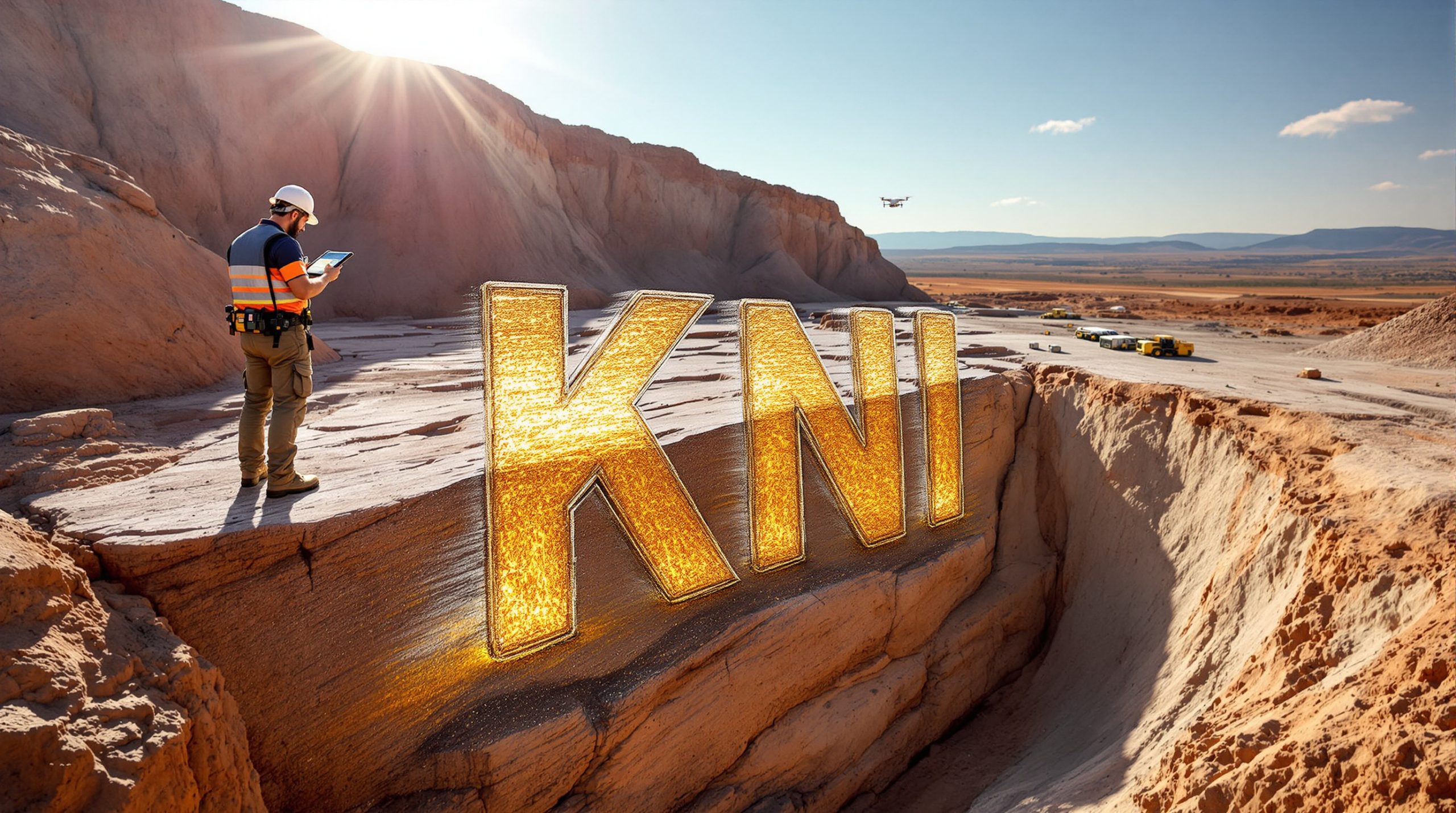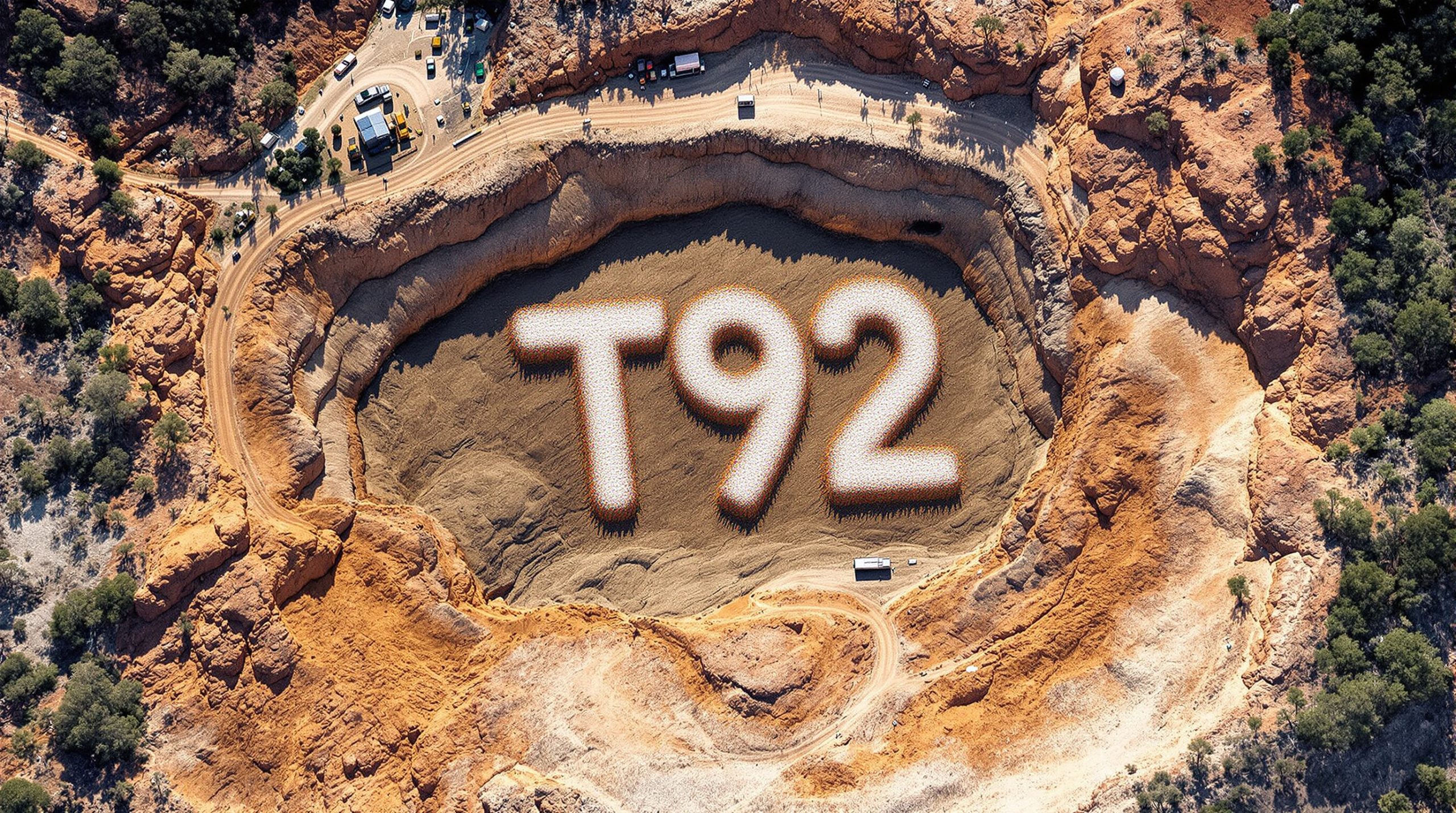Brazilian Critical Minerals Hits Exceptional Rare Earth Leaching Grades in Latest Field Trials
Brazilian Critical Minerals (ASX: BCM) has announced remarkable results from its in-situ recovery field trials at the Ema project, with leaching grades up to 14 times higher than in-situ mineralized values. This breakthrough positions the company on an accelerated path toward rare earth extraction and production.
Field Trials Deliver "Beyond Expectations" Results
The latest laboratory results from BCM's field trials have revealed pregnant leach solution (PLS) grades reaching up to 7,800 ppm total rare earth oxides (TREO), dramatically exceeding the in-situ mineralized grades which averaged only 534 ppm.
Particularly impressive is the consistent high proportion of magnet rare earth oxides (MREO), which represented 42-45% of TREO across the 24-day leach period. These premium elements, critical for manufacturing high-performance magnets, reached peak concentrations exceeding 3,500 ppm.
"Hole H1-F6 has delivered phenomenal ISR leaching results, beyond anything we were expecting, which can only be described as world-class, providing a clear runway to rapidly advance the Ema Project towards production," said Andrew Reid, Managing Director.
The company also reported significant concentrations of critical heavy rare earths (dysprosium and terbium) exceeding 100 ppm in places, along with samarium concentrations up to 397 ppm – notable given samarium-cobalt magnets are widely used in defence and aerospace applications.
Why In-Situ Recovery Is Transforming Rare Earth Production
In-situ recovery at Brazilian Critical Minerals represents a revolutionary approach to rare earth extraction, particularly for ionic adsorbed clay deposits like those at the Ema project. Unlike conventional mining, ISR involves injecting a leaching solution directly into the mineralized zone to dissolve target elements, which are then pumped to the surface for processing.
The technique offers several advantages:
- Minimal surface disruption – no need for open pits or waste rock dumps
- Lower capital and operating costs compared to conventional mining
- Reduced environmental footprint with significantly less waste generation
- Faster path to production with simpler infrastructure requirements
BCM's field trials demonstrate how effectively this method can concentrate rare earths. The company achieved its remarkable results using nothing more than a low-concentration (0.5M) magnesium sulfate solution trickling through the clay horizon.
"During the field trial, the Company has done nothing more than trickle feed a low-concentration magnesium sulphate solution through the clay horizon and let mother nature do all the hard work," Reid explained.
Understanding In-Situ Recovery at Brazilian Critical Minerals
In-situ recovery at Brazilian Critical Minerals involves a carefully controlled process where a leaching solution is introduced into the subsurface environment containing rare earth elements. This technique is particularly effective for the company's ionic adsorption clay deposits.
The process begins with strategically placed injection wells that deliver the leaching solution (in this case, magnesium sulfate) into the target mineralized zone. As the solution percolates through the clay, it causes an ion exchange reaction where rare earth elements attached to clay particles are released into the solution.
This mineral-rich solution, called pregnant leach solution (PLS), is then extracted through recovery wells positioned to capture the flow. The efficiency of in-situ recovery at Brazilian Critical Minerals is demonstrated by the exceptional concentration factors achieved – up to 14 times the original in-situ grades.
The company monitors this process through observation wells that track solution flow and mineral recovery rates. This data helps optimize the leaching parameters and ensures environmental compliance throughout the operation.
Project Development Accelerating
With these exceptional results in hand, BCM is rapidly advancing the Ema project on multiple fronts:
- Feasibility study underway
- Environmental permitting progressing
- Extensional resource drilling 25% complete
- Hydrogeological modelling initiated
The company has already dispatched approximately 1,000 litres of PLS to ANSTO facilities in Sydney for further processing optimization as part of its bankable feasibility study.
Strategic Significance of Ema's Rare Earth Profile
The Ema project's rare earth composition is particularly valuable from a commercial perspective. Magnet rare earth oxides, which will represent approximately 90% of the project's future revenue according to the company, consistently make up 42-45% of the total rare earth content in the leachate.
This favourable composition, combined with the project's substantial scale (943Mt resource), positions BCM as a potentially significant player in the western supply chain for rare earth elements outside of China.
The Competitive Advantages of In-Situ Recovery at Brazilian Critical Minerals
The success of in-situ recovery at Brazilian Critical Minerals provides several competitive advantages:
-
Environmental Benefits: The technique minimizes surface disturbance, avoids large-scale excavation, and reduces waste generation compared to conventional mining methods.
-
Economic Efficiency: Lower capital and operating costs may translate to potentially higher profit margins and faster return on investment.
-
Accelerated Timeline: The simplified infrastructure requirements and processing methods could allow for a faster path to production.
-
Selective Extraction: The leaching process appears highly effective at targeting and concentrating the most valuable rare earth elements in the deposit.
These advantages, combined with the exceptional leaching grades demonstrated in the field trials, suggest that the in-situ recovery approach could be transformative for the economics of the Ema project.
Investment Potential
For investors, BCM presents a compelling opportunity in the critical minerals sector. The company has:
- A substantial resource base of 943Mt of rare earth elements
- Proven the effectiveness of ISR technology with field trials
- Achieved exceptional leaching grades and concentration factors
- Advanced quickly toward production
With global demand for rare earth elements projected to grow substantially driven by renewable energy technologies and electric vehicles, BCM's Ema project could be well-positioned to capitalize on this market expansion, similar to how some companies have found success with gold discovery projects in other regions.
Why Investors Should Follow Brazilian Critical Minerals
The latest field trial results represent a significant milestone for BCM, demonstrating not only the technical viability of ISR for the Ema project but also the potential for exceptional performance metrics compared to traditional rare earth mining operations.
For investors focused on the critical minerals space, BCM offers exposure to a rapidly advancing rare earth project with demonstrated technical success, significant scale, and a favourable product mix heavily weighted toward the highest-value rare earth elements.
As the company continues to advance toward production, upcoming catalysts include completion of the feasibility study, further optimization of recovery processes, and potential offtake arrangements for its mixed rare earth carbonate product.
Ready to Spot the Next Major Rare Earth Discovery?
Stay ahead of the market by receiving instant alerts when significant mineral discoveries are announced on the ASX, powered by Discovery Alert's proprietary Discovery IQ model. Visit the Discovery Alert discoveries page to understand how early identification of projects like Brazilian Critical Minerals' Ema could lead to exceptional investment returns.




